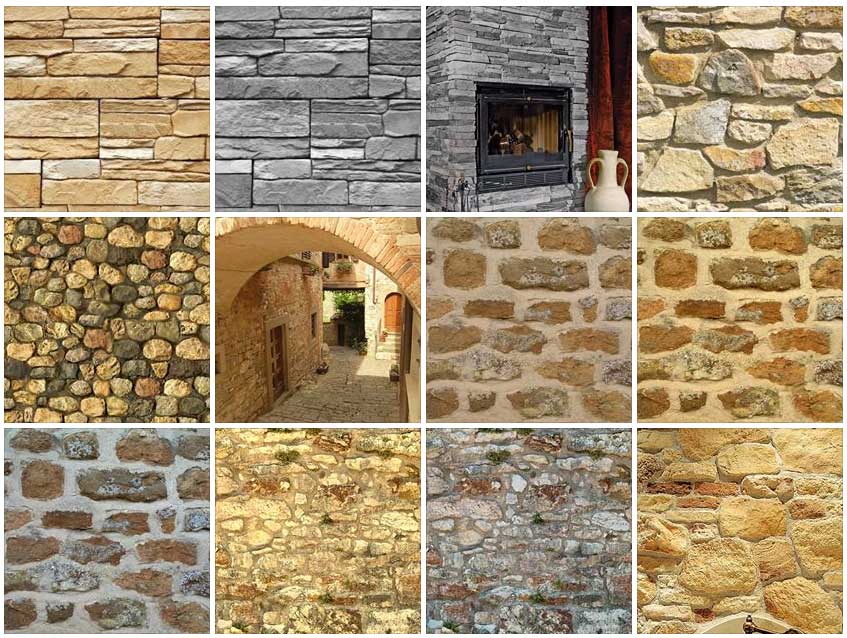
In the vast world of textiles, the question often arises: what fabric is the strongest? The answer, however, is not as straightforward as it may seem. The strength of a fabric is determined by several factors, including its fiber content, weave, and treatment processes. This article will delve into the intricacies of fabric strength, exploring various types of materials and their unique characteristics.
When we talk about fabric strength, we are generally referring to tensile strength, which is the maximum amount of tensile (pulling) stress that a material can withstand before failure (i.e., breaking or tearing). However, other factors such as tear resistance, abrasion resistance, and durability over time are also crucial considerations.
Historically, natural fibers like hemp, linen, and cotton were considered the strongest. Hemp, for instance, has three times the tensile strength of cotton. It's also highly resistant to ultraviolet light and mold, making it ideal for outdoor applications.
However, with the advent of synthetic fibers in the 20th century, the landscape of fabric strength has dramatically shifted. Today, some of the strongest fabrics are synthetics like nylon, polyester, and Kevlar.
Nylon, first introduced by DuPont in 1935, is renowned for its exceptional strength and elasticity. It's also resistant to abrasion, making it a popular choice for items that need to withstand wear and tear, such as parachutes, ropes, and outdoor clothing.
Polyester, another synthetic fabric, is known for its durability and resistance to most chemicals, stretching, shrinking, and wrinkles. It's often blended with other fibers to create fabrics with enhanced strength and durability.
However, when it comes to sheer tensile strength, Kevlar, a type of aramid fiber, is in a league of its own. Developed by Stephanie Kwolek at DuPont in 1965, Kevlar has a tensile strength five times that of steel on an equal weight basis. It's used in a variety of high-strength applications, from bulletproof vests to bicycle tires, racing sails, and even body armor.
It's important to note that while Kevlar is incredibly strong, it's not necessarily the best choice for all applications. For example, it has low compressive strength, meaning it can be deformed under pressure. It's also sensitive to UV light and may degrade over time.
In conclusion, the answer to what fabric is the strongest depends largely on the specific requirements of the application. While Kevlar may be the strongest in terms of tensile strength, other fabrics like hemp, nylon, or polyester may be more suitable for different uses due to their unique properties.


